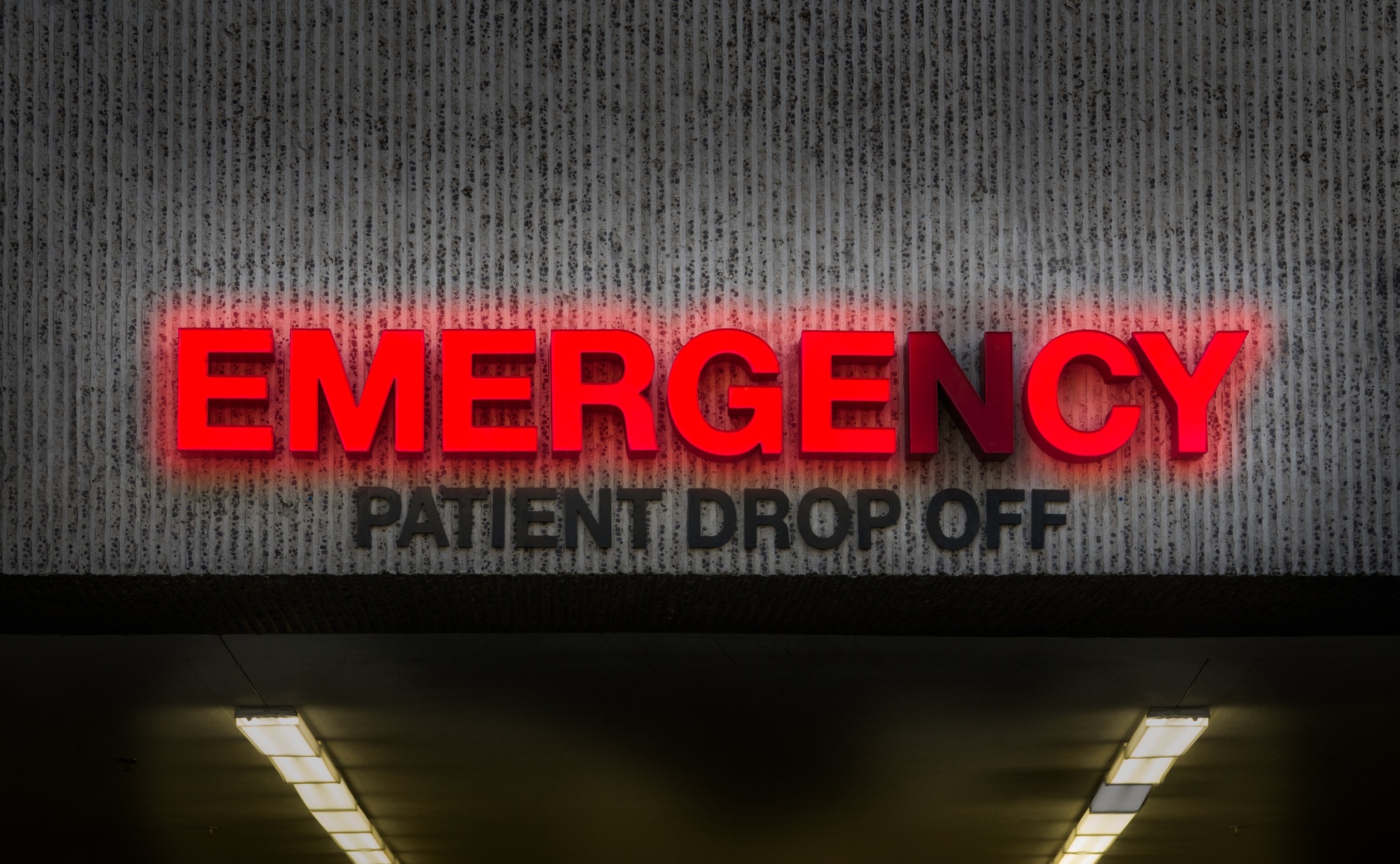Taking blood pressure is one of the most basic routine vitals, right? But even though it’s something you do every day, it’s surprisingly easy to mess up.
Whether it’s using the wrong cuff size, mispositioning the patient, or rushing through the process, small mistakes can lead to inaccurate readings—and that can affect a patient’s diagnosis or treatment.
So, no matter how long you’ve been practicing medicine, it’s always a good idea to get a quick refresher on the best methods for taking blood pressure. And while you’re at it, make sure your entire team is on the same page.
Let’s dive into a few tips to ensure you’re getting the most accurate readings every time.
1. The Right Equipment
First, let’s start with your tools. You’ve probably got a mix of automated BP monitors and manual sphygmomanometers in your office. Whichever you use, make sure it’s high-quality, validated, and regularly calibrated. Automated machines are great for convenience, but if they aren’t calibrated correctly, they can give misleading readings.
A manual BP cuff might feel more old-school, but it allows for more control—especially in tricky situations.
One thing to watch closely is the cuff size. Using the wrong size can throw off your readings. For larger patients, a cuff that’s too small can make BP seem higher than it actually is.
For smaller patients, using an oversized cuff can make it appear too low. Keep a variety of cuff sizes—pediatric, adult, large adult—easily accessible to ensure accurate measurements.
2. Preparing the Patient
Preparation is key. When a patient rushes into your office, their blood pressure might be higher than usual. Ask them to sit quietly for five minutes before you measure, giving them time to settle. Remind them to avoid caffeine, smoking, or heavy exercise right before their appointment, as these can artificially inflate BP.
Positioning is another big factor. Patients should sit with their feet flat on the floor and their back supported. The arm you’re measuring should be at heart level, resting comfortably on a table or armrest. These small adjustments can significantly affect the reading.
3. Proper Technique Matters
Now, let’s talk about technique. Use the right cuff size and place it on the upper arm, making sure it’s snug but not too tight. Keep the patient’s arm at heart level and avoid talking during the measurement—that goes for both you and the patient! Even a casual conversation can lead to higher readings.
For new patients or when you’re monitoring for hypertension, it’s a good idea to measure BP in both arms during their first visit. This helps establish a baseline and identify any differences between arms, which could indicate underlying vascular issues.
Also, take multiple readings and average them, especially if the numbers seem off.
4. Frequency of Monitoring
How often you check blood pressure depends on the visit. For routine exams, once is usually enough.
But for patients with known hypertension, it’s helpful to check it multiple times during the visit to catch any fluctuations. Don’t forget to document anything that might impact the reading, like patient stress or recent medication changes.
5. Training Your Staff
Even if you’ve got your technique down, you need to make sure your staff does, too. Ongoing staff training is essential. Everyone should be using the same methods and taking measurements consistently. Regular refresher courses can help eliminate variability and make sure the whole team is on the same page.
6. Educating Patients
Lastly, don’t forget your patients. Educate them about monitoring their BP at home, especially if they’re managing conditions like hypertension. Show them how to use home BP monitors and explain what their numbers mean. Many patients may not know the importance of consistency in monitoring, so take the time to guide them.
Conclusion
Accurate blood pressure measurement is fundamental for good patient care. With the right equipment, proper technique, and patient preparation, you can get reliable readings that help guide treatment. And by training your staff and educating your patients, you’ll build a stronger, more consistent process for managing blood pressure in your practice.





